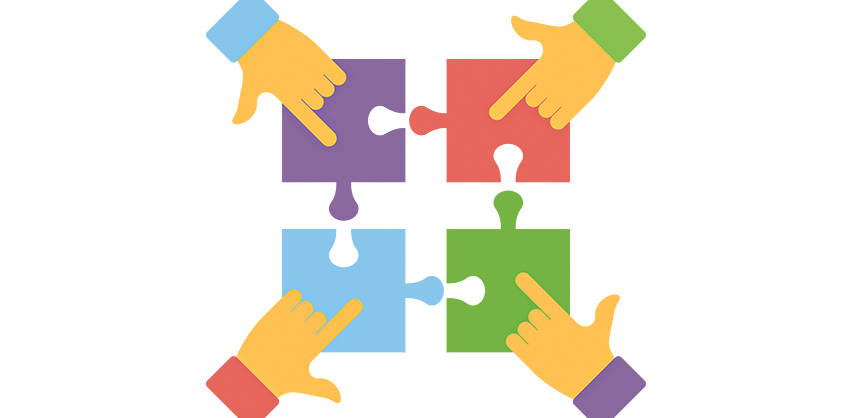Collaborative learning is a powerful educational approach that emphasizes teamwork, cooperation, and shared learning experiences. By encouraging students to work together towards common goals, collaborative learning not only enhances academic achievement but also develops crucial social and communication skills. Here’s how collaborative learning can benefit students:
1. Encourages Active Participation
In a collaborative learning environment, students are actively engaged in the learning process. They are encouraged to ask questions, share ideas, and contribute to discussions, fostering a deeper understanding of the subject matter.
2. Develops Communication Skills
Collaborative learning requires students to communicate effectively with their peers. By working together on projects and tasks, students learn how to express their ideas clearly, listen actively to others, and collaborate to achieve common goals.
3. Enhances Critical Thinking
Through collaboration, students are exposed to different perspectives and ideas. This challenges them to think critically, analyze information, and evaluate alternative solutions, leading to more informed decision-making.
4. Promotes Creativity
Collaborative learning encourages students to think creatively and explore innovative solutions to problems. By working together, students can combine their unique skills and knowledge to develop creative solutions that they might not have considered individually.
5. Builds Confidence and Self-Esteem
Collaborative learning provides students with opportunities to contribute to group projects and discussions, which can boost their confidence and self-esteem. By recognizing their value within the group, students become more motivated and engaged learners.
6. Prepares Students for the Future
In today’s interconnected world, collaboration is a crucial skill. Collaborative learning helps students develop the teamwork and communication skills that are essential for success in the workplace and in life.
Incorporating Collaborative Learning in the Classroom with MegaMinds
By assigning students to work together on project-based assignments within the platform’s 3D learning environments, educators encourage teamwork, communication, and problem-solving skills. Students can collectively design and build virtual worlds allowing them to apply theoretical knowledge in a practical, engaging context. This method not only enhances their understanding of the subject matter but also teaches valuable collaboration skills.
MegaMinds’ platform facilitates seamless interaction among students within our 3D environments, enabling them to share ideas, give and receive feedback, and make collective decisions from anywhere, on any device. Teachers can monitor progress, provide guidance, and assess group and individual contributions through the platform, ensuring that learning objectives are met. Incorporating group projects with MegaMinds enriches the classroom experience, making learning more dynamic and preparing students for the collaborative nature of the modern workplace.

